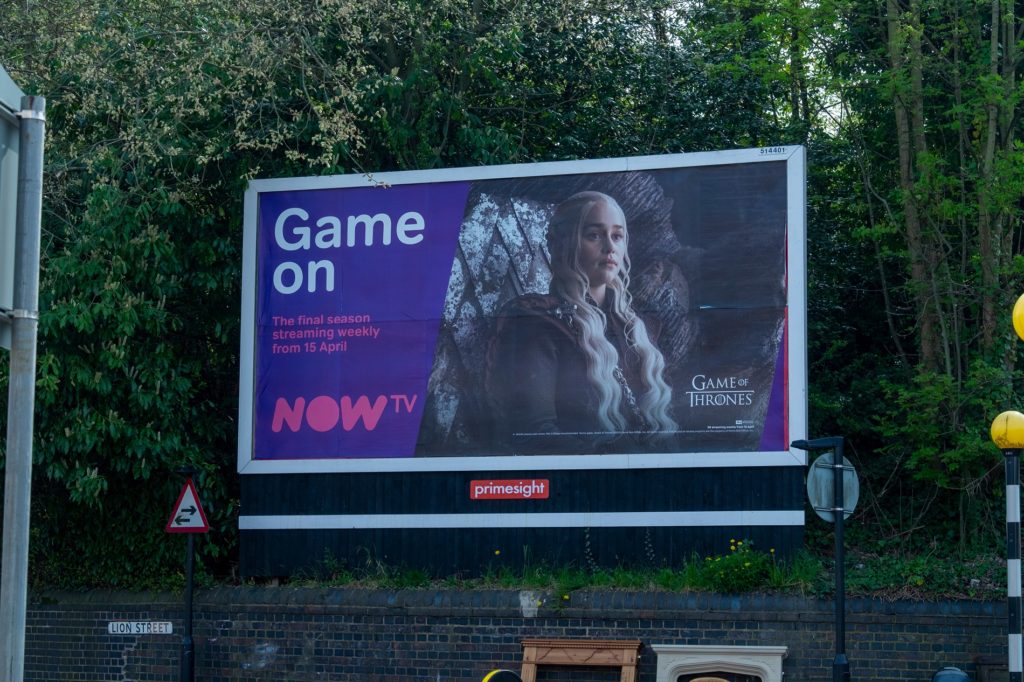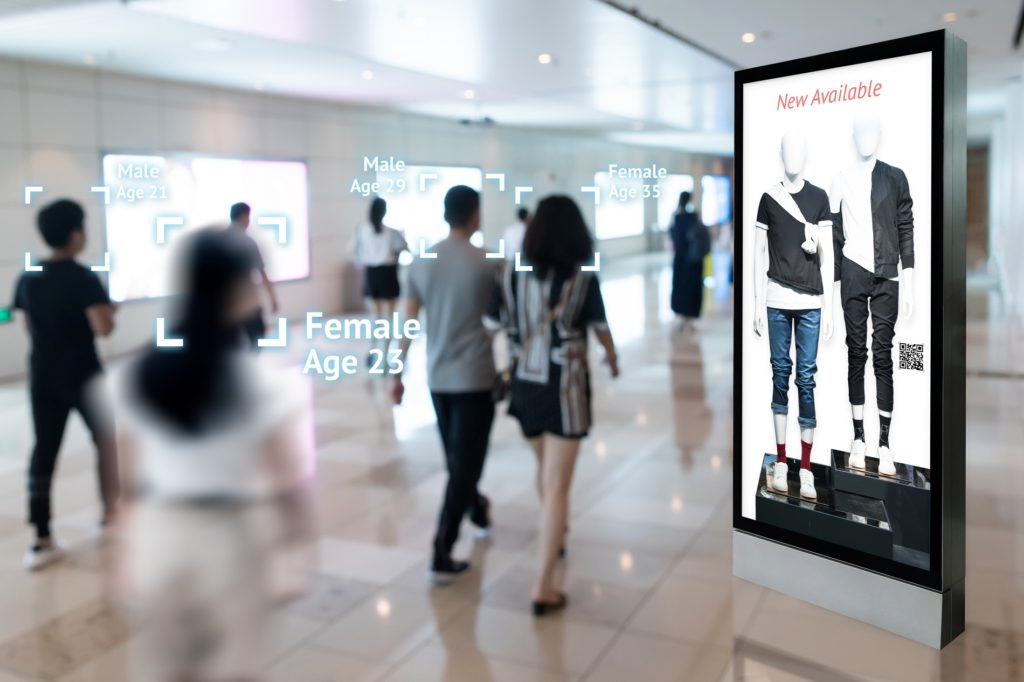The measurement of how a marketing campaign affects a critical indicator is called lift analysis….
OOH (out of home) advertising is one of the most cost-effective ways to create brand awareness, even with a limited budget. When it comes to justifying ad spend, one of the most important factors in determining how well your current OOH campaign is working.
An OOH attribution analysis can help you measure the impact of your ad campaign and help you optimize it for continued results. An OOH Attribution Analysis will help your business understand how customers or audience are interacting with your ads, and the steps they take along the way to making a purchase.
What is OOH Attribution?
Out of home advertising or OOH advertising is one of the oldest media formats, but it continues to thrive because it remains powerful. By placing different types of OOH media, you connect multiple messages with consumers over different periods of time and in different locations. Your campaign can use a combination of airport banners, transit ads, and digital billboards within a single city to create a unique customer journey.
The only challenge is that not all media within a campaign is delivered in real-time. A campaign will often use multiple types of OOH media formats, each with its own schedule and limitations. OOH Attribution is a way to measure the success of each individual ad. OOH attribution reporting uses Key Performance Indicators (KPI) to track the behavior of your consumers or audience – such as where the first impression happens and how far your reach is extending.
Benefits of an Attribution Analysis
The results from a post-campaign analysis can also help inform your future campaign strategies so you can increase your ROI and keep your customers engaged with your brand. Your Analysis can help you:
- Optimized Spending: With these metrics, you can discover which media formats met or exceeded your expectations and which ones didn’t connect. This will allow you to spend your money smarter and refine your messaging.
- Maximize your Investment: With concrete data, marketers can maximize their return on investment (ROI) without wasting precious ad dollars on inefficient digital marketing methods.
- Improved Ad Development & Personalization: An Attribution model can help you develop messaging that better connects you with your customers and create more personalized messages to appear in certain areas.
- The Impact of External Factors: An attribution analysis can uncover interesting trends that affect customer behavior, such as the weather or time of day, to help you evaluate when to certain messaging. This information can help you maximize the potential of programmatic digital ad screens.
To get the best results from outdoor advertising, you should integrate your digital marketing campaign with your OOH advertising strategy. Many newer billboards can connect with the location data on a mobile device to track the reach of your ad, so you get an even more accurate sense of how consumers respond to your ad during the campaign duration. If a consumer downloads your app after seeing a billboard, you can track their behavior and follow up with email marketing or social media ads to nudge them further down the funnel.

Key Attribution Metrics
An attribution analysis uses a combination of online and offline data to help you evaluate your campaign, often including customer surveys. Some common KPI for attribution reporting are:
- Reach: Reach defines how many individuals saw your ad, and it’s calculated using
- Impressions: This is the total number of views your ad gets, even if it’s the same person multiple times. You may find that some ads create a stronger impression than others, and shorter than the customer journey between first impression and sale.
- Footfall: This metric measures how many conversations you made by tracking the number of customers that viewed your and then either visited a physical store or an online store.
- Touchpoint Conversion: This metric helps you define a customer’s journey. For example, one billboard may drive customers to your website, where they interact with your ads and later make a purchase, while another may lead directly to a purchase without the need for additional touchpoints. Finding the touchpoints that decrease the number of sessions before a purchase helps you optimize your campaign for the future.
While these attribution indicators can help you determine how well your ads performed, some of the data can be flawed. In some cases, a customer that was exposed to your ad and made a purchase may have already planned to make a purchase, and the ad wasn’t a trigger. In other cases, it can look like a certain ad caused customer behavior, but it was a coincidence.
You can use further a lift analysis to help determine the actual incremental lift in conversations your ads created. This is typically done by comparing data from areas where your ads appeared to areas where they didn’t.
Measure Your OOH with True Impact Media
At True Impact Media, we offer a simplified way to purchase and implement your OOH ad. Our platform can help you choose between millions of ad opportunities with transparent pricing, CPM billboard advertising, and past performance data.
We’ll help you manage your ad campaign every step of the way by measuring the reach of your campaign and deciphering which ads had the highest number of impressions so you can get the most out of your ad spend.
Contact us today and make an impact on your customers.



